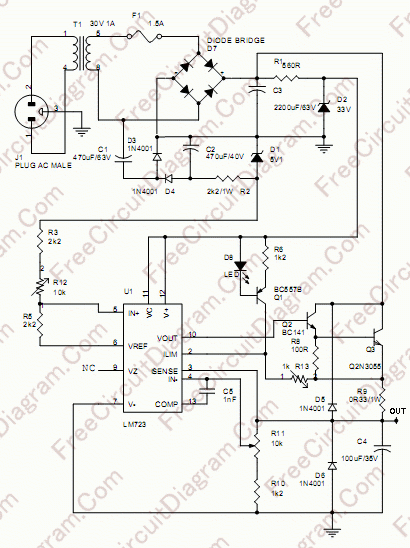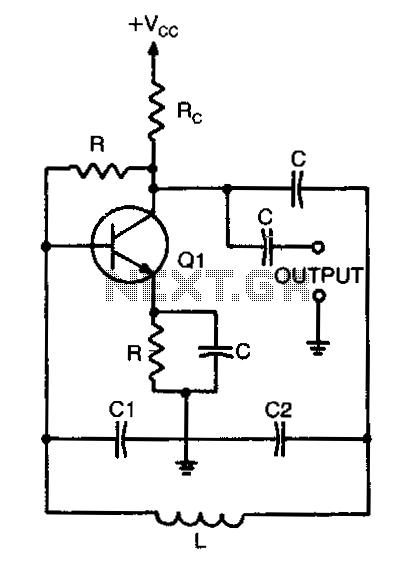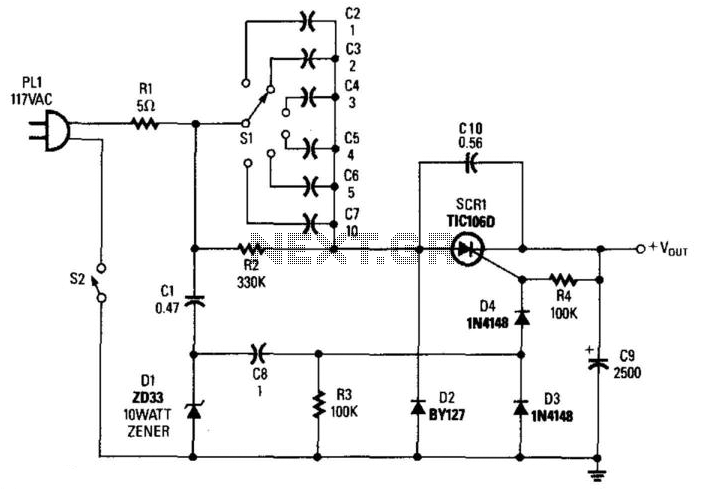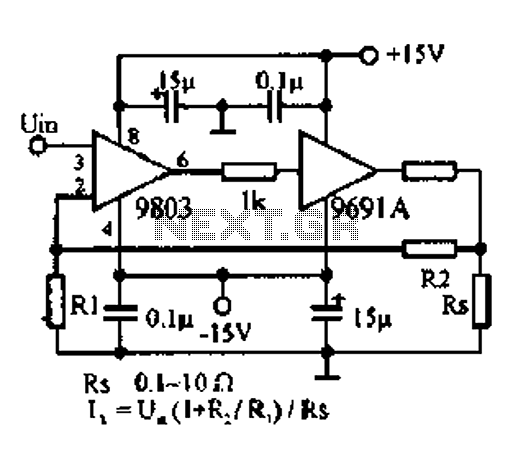
Wide Supply Range 32 kHz Oscillator
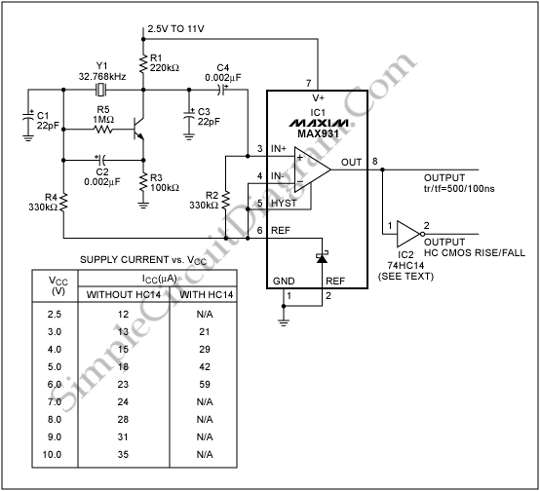
To generate a system clock or auxiliary sleep clock in microcontrollers (µCs) and low-power instruments, a 32 kHz oscillator is commonly utilized. This oscillator typically employs a CMOS inverter.
A 32 kHz oscillator is essential for various timing functions in microcontrollers and low-power devices, serving as a reliable clock source for sleep modes and other low-energy operations. The oscillator's frequency of 32 kHz is particularly advantageous for power-sensitive applications, as it provides a balance between operational speed and energy consumption.
The configuration of a 32 kHz oscillator often involves a CMOS inverter, which is favored for its low power consumption and high noise immunity. The inverter can be arranged in a feedback loop to create a stable oscillation. The circuit typically includes passive components such as resistors and capacitors that set the oscillation frequency and stabilize the output waveform.
In practical implementations, the circuit may consist of a single CMOS inverter connected to a crystal or ceramic resonator that defines the oscillation frequency. The output of the oscillator can then be fed directly into the clock input of the microcontroller, ensuring that it receives a consistent and accurate timing signal for its operations.
This oscillator circuit is particularly useful in applications where the microcontroller must enter low-power modes to conserve energy, allowing it to wake up and perform tasks based on the clock signal generated by the oscillator. Its simplicity and effectiveness make it a popular choice in the design of energy-efficient electronic systems.To generate a system clock or auxiliary sleep clock in microcontrollers (µCs) and low-power instruments we usually use A 32kHz oscillator. A CMOS inverter.. 🔗 External reference
A 32 kHz oscillator is essential for various timing functions in microcontrollers and low-power devices, serving as a reliable clock source for sleep modes and other low-energy operations. The oscillator's frequency of 32 kHz is particularly advantageous for power-sensitive applications, as it provides a balance between operational speed and energy consumption.
The configuration of a 32 kHz oscillator often involves a CMOS inverter, which is favored for its low power consumption and high noise immunity. The inverter can be arranged in a feedback loop to create a stable oscillation. The circuit typically includes passive components such as resistors and capacitors that set the oscillation frequency and stabilize the output waveform.
In practical implementations, the circuit may consist of a single CMOS inverter connected to a crystal or ceramic resonator that defines the oscillation frequency. The output of the oscillator can then be fed directly into the clock input of the microcontroller, ensuring that it receives a consistent and accurate timing signal for its operations.
This oscillator circuit is particularly useful in applications where the microcontroller must enter low-power modes to conserve energy, allowing it to wake up and perform tasks based on the clock signal generated by the oscillator. Its simplicity and effectiveness make it a popular choice in the design of energy-efficient electronic systems.To generate a system clock or auxiliary sleep clock in microcontrollers (µCs) and low-power instruments we usually use A 32kHz oscillator. A CMOS inverter.. 🔗 External reference

